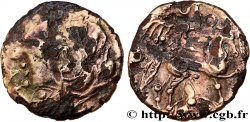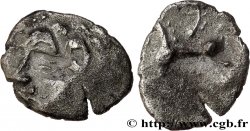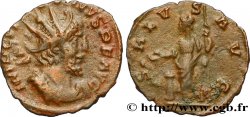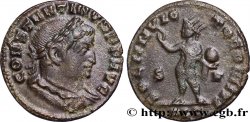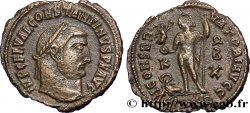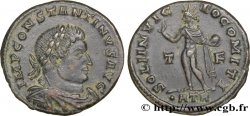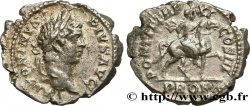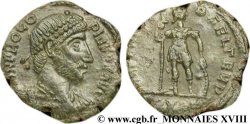E-auction 232-156014 - bga_270858 - GALLIA - LEMOVICES (Area of Limoges) Quinaire AVIACOS fourré, classe II anépigraphe
You must signin and be an approved bidder to bid, LOGIN TO BID. Accounts are subject to approval and the approval process takes place within 48 hours. Do not wait until the day a sale closes to register. Clicking on « bid » constitutes acceptance of the terms of use of cgb.fr private e-auctions.
Bids must be placed in whole Euro amounts only. The sale will start closing at the time stated on the item description; any bids received at the site after the closing time will not be executed. Transmission times may vary and bids could be rejected if you wait until the last second. For further information ckeck the E-auctions F.A.Q.
NO BUYER'S FEE.
NO BUYER'S FEE.
| Estimate : | 60 € |
| Price : | 26 € |
| Maximum bid : | 37 € |
| End of the sale : | 25 September 2017 14:07:00 |
| bidders : | 4 bidders |
Type : Quinaire AVIACOS fourré, classe II anépigraphe
Date: c. 100-50 BC.
Mint name / Town : Limoges (87)
Metal : silver
Diameter : 14,5 mm
Orientation dies : 4 h.
Weight : 1,99 g.
Rarity : R2
Coments on the condition:
Flan fourré, avec de nombreux petits manques de la pellicule superficielle d’argent. Avers confus mais revers assez net bien que largement décentré
Catalogue references :
Obverse
Obverse legend : ANÉPIGRAPHE.
Obverse description : Tête à droite, la chevelure en petites mèches ; grènetis.
Reverse
Reverse legend : ANÉPIGRAPHE.
Reverse description : Cheval bondissant sur une ligne d’exergue ; un oiseau en guise d’aurige ; légende dégénérée sous l’exergue.
Commentary
Ce denier fourré ne permet pas un classement précis de ce type rare.
This stuffed coin does not allow a precise classification of this rare type
This stuffed coin does not allow a precise classification of this rare type







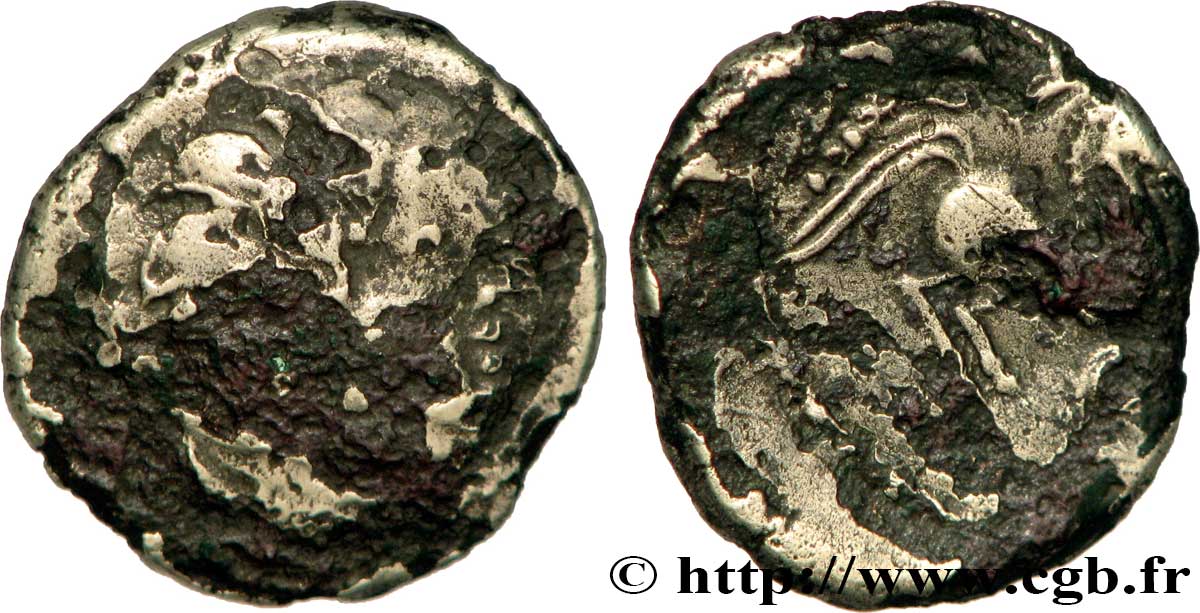
 Report a mistake
Report a mistake Print the page
Print the page Share my selection
Share my selection Ask a question
Ask a question Consign / sell
Consign / sell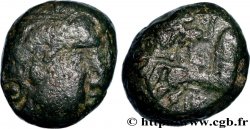
 Full data
Full data